
Yet, despite the fact that careful planning can improve revenue and more carefully allocate resources, few businesses invest the time and energy to do so. Most businesses plan only a few weeks before the event, but best practice is to plan six months or more in advance.
Trade show planning should be part of a larger strategy to achieve your organization’s goals. Making it happen might be simpler than you think. That’s why we’ve developed 9 top tips to guide you through the process.
Setting Goals and Objectives for a Trade Show
The first step in trade show planning, or any planning, is to determine what you hope to achieve. Achievement can be measured through closely linked goals and objectives.
The objective is the overall impact you hope to achieve. The primary objectives of a trade show are:
- Increase brand awareness. Most businesses are constantly working to increase awareness of their brand among key demographics. Setting a goal to improve your annual benchmark is a key performance indicator, and trade shows are one of the best ways to help you achieve this.
- Explore potential customers and increase sales. Companies attend trade shows to attract new buyers and develop new sales channels. They also often use trade shows to gather information and increase sales.
- Networking. A third, equally important goal of a trade show is to establish connections with colleagues and potential collaborators who can grow your business.
- Launch new products. Many companies use trade shows to showcase new technologies or new service areas, generating press coverage and sharing knowledge among peers through their trade booths and speaking engagements.
Objectives are means of achieving a goal and are tied to milestones set in your work plan. Examples of objectives that will help you achieve the above objectives include:
- design Custom trade show exhibits Keep it in mind for participants.
- Achieve a certain number of booth visits at each trade show.
- Obtain a certain number of leads for new sales partnerships at trade shows.
Choose the right show
There are hundreds of different Types of Trade Shows Every year in the United States, dozens of industry sectors are involved, covering almost all major regions. This year, choosing the right show can be a daunting task!
First, you may be familiar with Best trade shows 2024 and 2025. This can help you understand which shows are most popular across industries.
Then, decide what best suits your goals. If lead generation and brand awareness are top priorities, then you might choose the trade show with the most visitors in your industry.
Also, consider the location. Where do you want to reach people? Most trade shows are held in major business centers and in places with easy access to transportation. New York, Las Vegas, Dallas, Los Angeles, Chicago, and Miami are some of the popular cities for hosting trade shows. New York is probably the best location for fashion and apparel, although experts in industries related to automobiles and technology prefer Las Vegas. You need to do some research to understand where the potential for synergies is the greatest.
Create a budget
Exhibiting at a trade show requires you to create a budget that takes all cost variables into account. Event costs can vary, but they almost always include:
- Trade show booth design.
- Shipping.
- Staffing.
- Promotional items and giveaways.
- travel.
- Activity expenses.
- Insurance.
- On-site storage.
- Follow up on lead generation.
You want to make sure the budget allows for enough time for staff and enough money to design an outstanding presentation. In addition, we often forget to include follow-up expenses such as travel and staff time to search for potential clients and new relationships.
Design your presentation around goals and objectives
Marketing should match your strategy.
For example, if your main goal is to launch a product, then you need to design a display that focuses on that product and creates a spotlight around it. However, if your goal is to attract visitors to increase brand awareness, then the booth should focus on attracting the most people and leaving a lasting impression, through creative games or ways to keep attendees engaged.
Choose the right staff and focus on preparation
A key element in trade show planning is people. Again, this strategy should be related to your goals and objectives.
If your goal is more sales-oriented, then you want your top sales representatives to be at the booth at all times. If it is marketing-related, then make sure you have key representatives who can talk about your products and services and promote your business most effectively.
Then, prepare them by first making sure they have the event scheduled in their calendar. Then, include them in the planning process. It’s best to start working together months before the event to map out your goals and objectives. When you do this, set a team leader and a timeline with a workable work plan. Everyone should know what their role is in the event.
Team members should determine where they are lacking in exhibiting at the event. Do you need to order uniforms/team t-shirts? Have you planned a schedule for the event that includes breaks? These are just some of the questions you should consider during your trade show planning meeting before the event.
Determine how your business can change the game
Trade show attendees are looking for game-changing technologies, services or aspects that will move their industry forward. For some companies, determining their value proposition can be a challenge.
So, first, you need to define it. What makes you better or different than others in your industry? Here are some examples:
- Easier to use.
- Relatively cheap.
- More attractive.
- Targeting women or other demographic groups.
You should then make sure your booth and marketing materials at the event clearly demonstrate this value proposition. For example, if your proposition is greater ease of use, include experiential product demonstrations in your booth that compare your product to that of your competitors.
Hubspot has some great free templates and tools to help you Defining the Value Propositionif you are looking for more resources on the topic.
Advertise that you will be attending a trade show and where
Make sure people know you’ll be at the event and what hall or time slot you’ll be in. Here are some “pre-game” event strategies.
- Advertise on all your social media and email lists that you’ll be attending the event.
- Send a GPS signal to a list of visitors who have made reservations with you so they can find your booth.
- Give people a reason to visit your booth at a specific time by pre-scheduling events at your booth.
- Get on speaker or expert seminar lists so event marketers can prioritize your name.
Attract and engage your audience
You want to make sure your Trade Shows Be fun and engaging so attendees come to your space and stay there to interact longer.
Your booth should have at least one experiential activity. This means attendees actually interact with your brand, product, or service in some way. It can be as simple as a selfie wall to encourage them to take a picture with your logo. 3D videos and games can help, too.
Then, encourage them to provide their contact information through a registration form or app. Business card fishbowls are a time-tested strategy that still works even in the digital age. One way to do this is to offer a giveaway, like a nice bottle of water or a bag of candy, if they provide their information.
Make sure you have the right people, and enough of them, to talk to visitors and answer their questions.

Follow up with all potential customers after the exhibition
If you don’t follow up with the leads you get, you’re wasting time and money! Yet, businesses often focus too much on event attendance and forget to set aside time for follow-up.
An important part of trade show planning is to consider how many leads you expect to generate and to allow enough time for sales and marketing to follow up with those leads directly after the event. Ask for reports on these follow-up calls and visits so that you can assess the impact of the event’s overall value to your bottom line.
Summary of Trade Show Planning Tips
Following any single tip is easy, but integrating them all for top trade show planning can be difficult! Help is available through the following services: Blazer Exhibitions and Events.
From strategically planning your event goals to selecting the right staff and designing your booth, Blazer can help you plan your trade show. Contact us today to start your personalized journey.




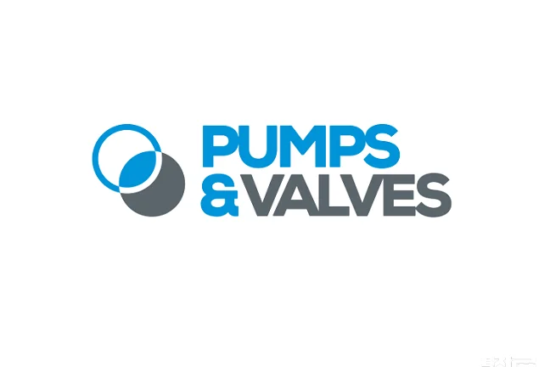
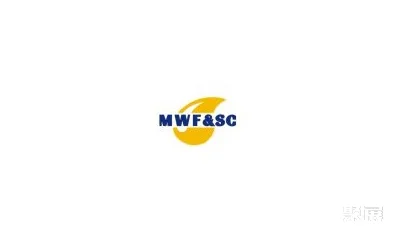
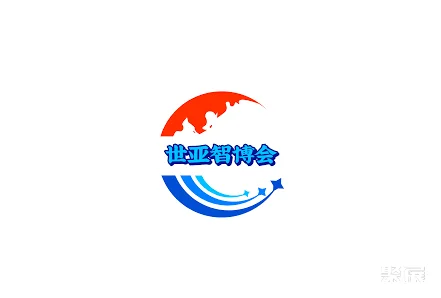

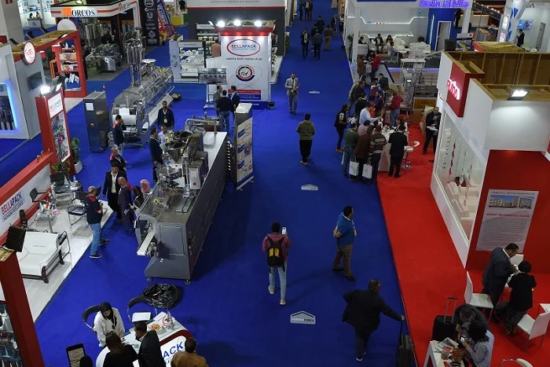
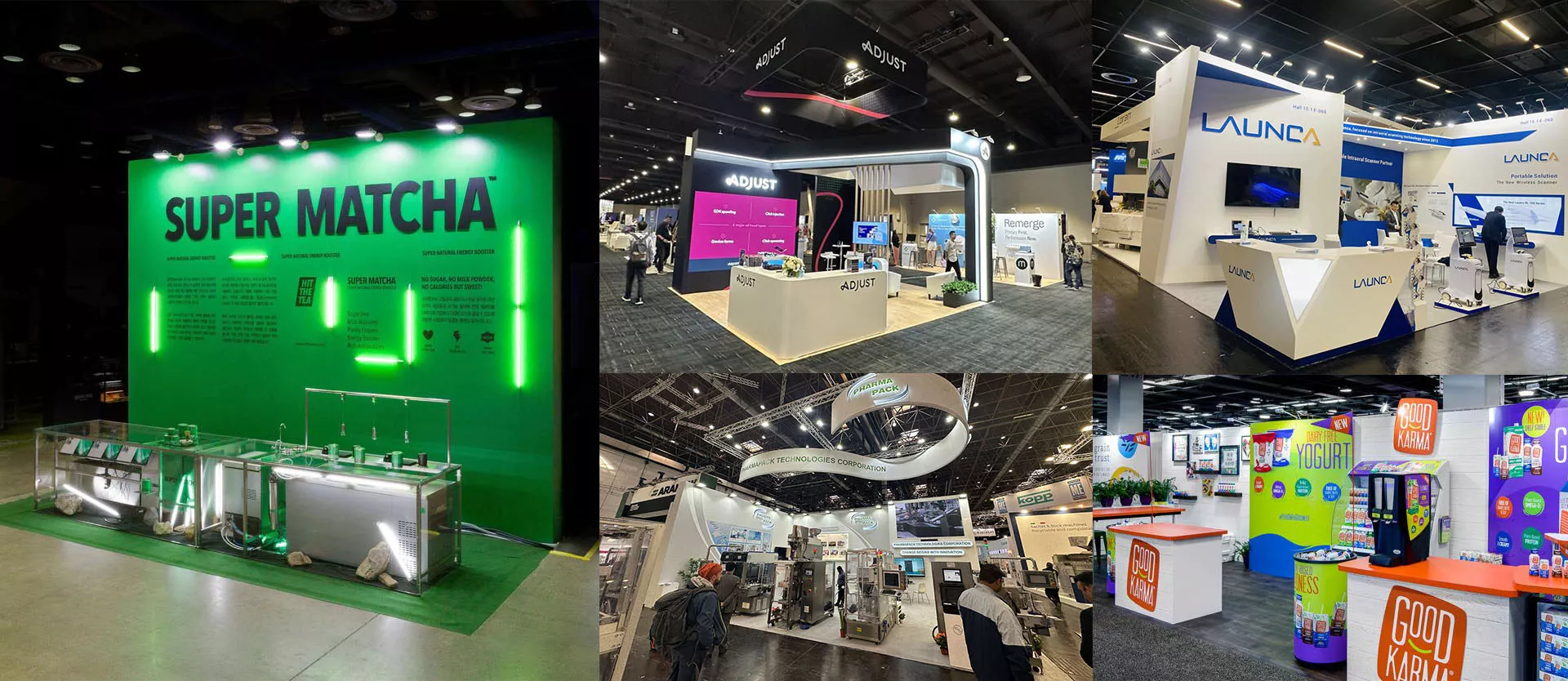
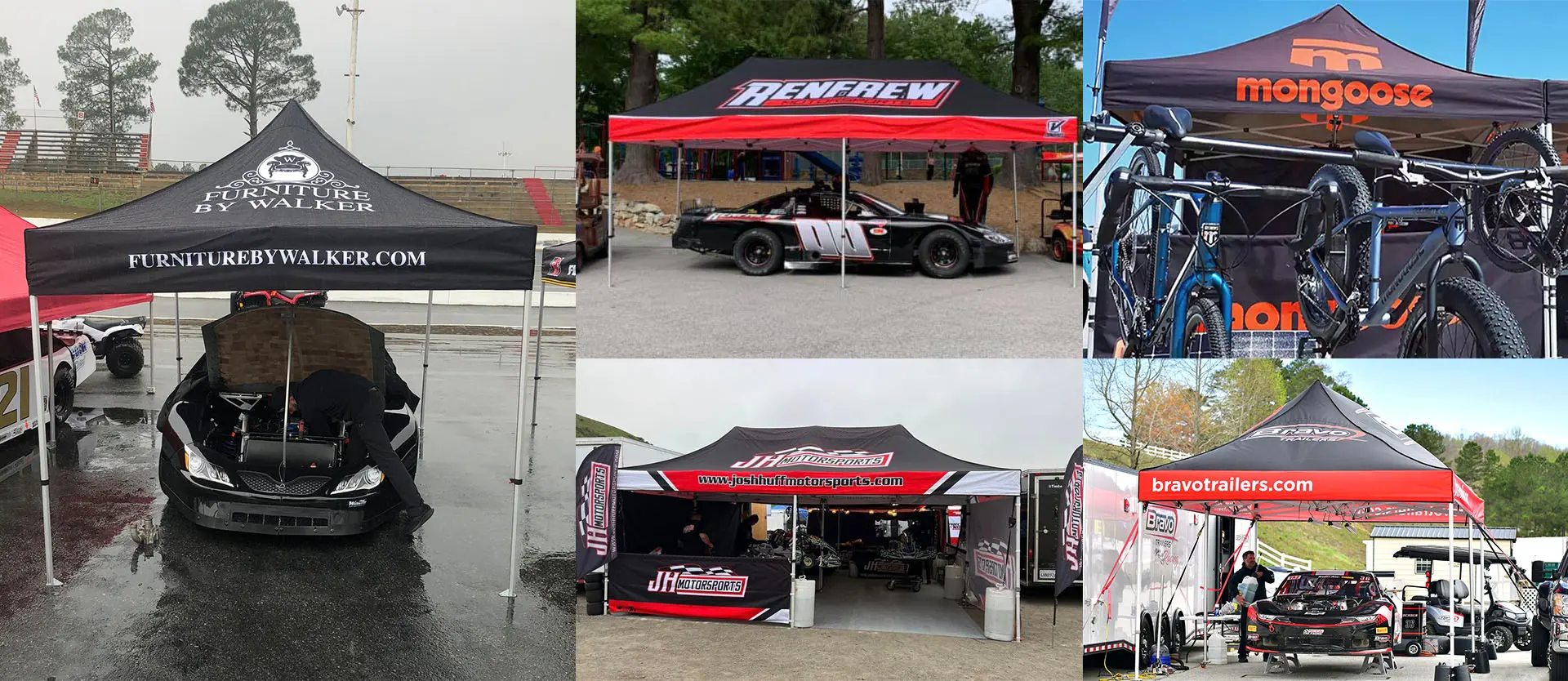
Leave a Reply Cancel reply
You must be logged in to post a comment.